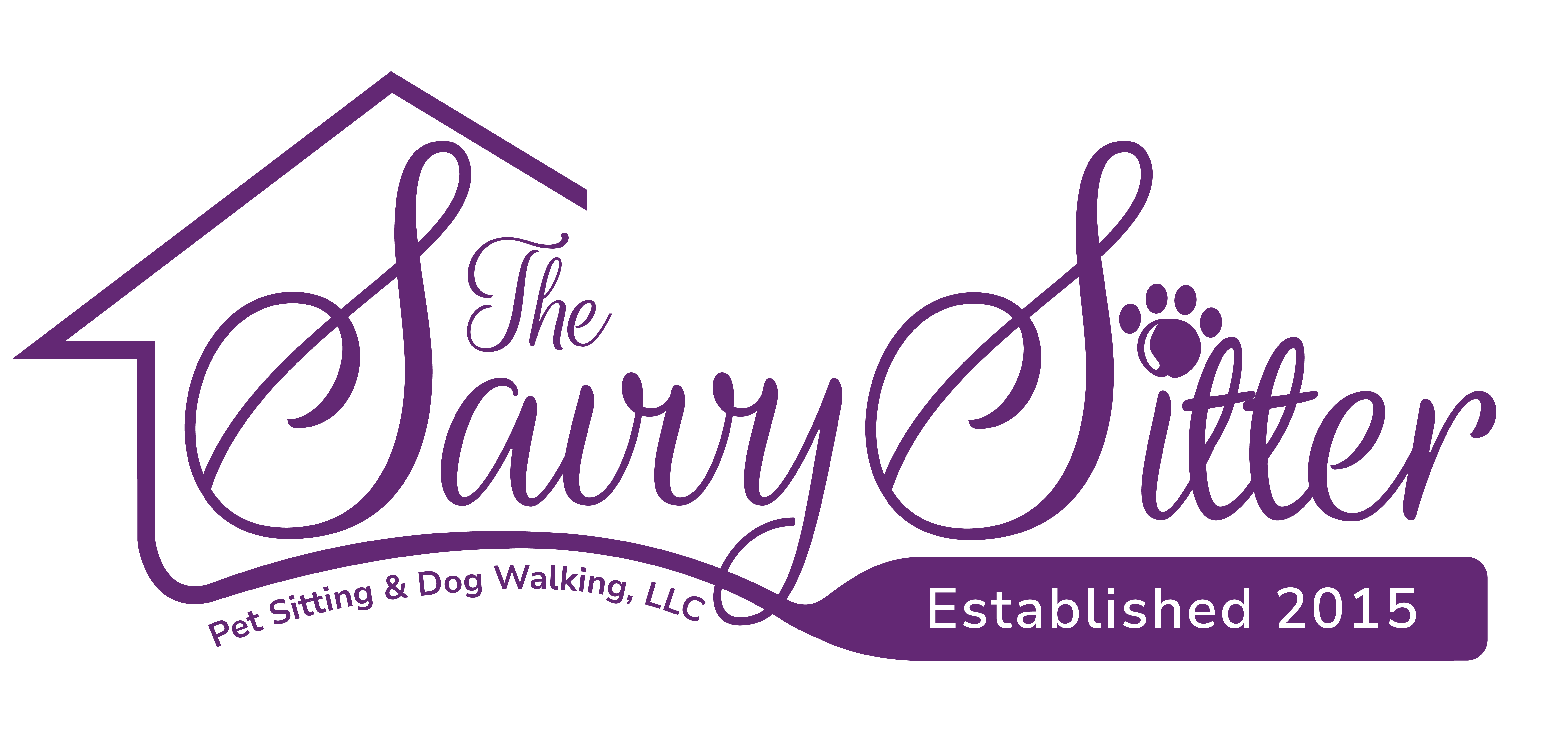Animals Help Kids With Learning
Did you know that furry friends such as dogs, cats, or rabbits can be incorporated into school, therapy, and home learning activities to boost your child’s confidence? It is no surprise that a furry companion can have a calming presence in the home, but SpeechForLife takes pleasure in telling you just how incorporating these fuzzy friends into therapy sessions to boost morale, offer sensory comfort, build relationships, and expand confidence.
How Animals Impact Learning

Nothing keeps a child seated during homework or virtual therapy better than their pet who hops on their lap! They feel instant comfort, love, and can often focus more easily on the task at hand. At SpeechForLife, we love to meet the whole family! Just as we teach our children how to meet and interact with adults or peers, our students sometimes need a little hands-on practice learning how to make introductions and we can use pets to practice. So when your pet comes over to say hello during a speech or occupational therapy session, we enjoy finding a way to incorporate them into playful tongue twisters, rewards, and stories related to our therapy goals.
Animals As Therapy
Many children we work with at SpeechForLife are especially apprehensive when it comes to reading and writing. There are many wonderful programs in the community that visits the schools locally to help the students! Windermere Preparatory School has such a program that is fun, rewarding, and impactful for all learners.
Backed By Research
There is a body of research that shows Animal-Assisted Therapy (AAT) can be effective in teaching children social skills, behavior management, sensory skills, and developing reading skills.* Having a dog or cat to pet, cuddle with, or read to can decrease pressure and stress that many children experience when they are reading in front of their class. By practicing reading aloud often and with a beloved pet or trusted trained animal, we see great results in boosting the child’s confidence, while keeping them calm and engaged throughout a school task or therapy session.

How To Use Your Pet As Learning Therapy Animal
How can you start to incorporate your pet into homework, reading, or speech/occupational therapy treatment?
To begin using your pet as a learning therapy animal:
- Have your child choose the book to read, and snuggle up next to their pet to read.
- Set up a special spot where they can read and relax with their furry helper.
- Remember it is all about taking the pressure off of your child, so you can supervise from across the room, or let them have some space while reading aloud.
- To make progress, consistency is key, schedule your child’s special “Snuggles and Story Time” with your pet each day as part of your routine (before bed or after dinner).
- If your child is young or still developing the foundations for reading independently, invite your pet over while you do the reading out loud to your child, so your child will associate reading with the “pawsitive” experience of fluffy snuggles.
- Not everyone has a trained AAT pet and that is okay; if your animal won’t quite cooperate for a whole book or even a whole page, you can just include your pet as the motivation. After all daily homework or reading is complete your child can play with, feed, or snuggle with your pet as a reward!
- During our therapy sessions at SpeechForLife, we love to meet your pets as part of “Show and Tell” as we build a special relationship with your family.
- When your child does not want to write or practice their spelling words, you can prompt them to write silly sentences or exciting stories about their “Pawsome” furry friend.



How Can My Pet Help Others?
If your dog is a trained animal-assisted therapy dog you can register to become a member of the READing Paws group, and become part of a special team to promote literacy in schools and libraries. Check out Reading Paws. Be An Angel Therapy Dogs Ministry is another wonderful program you can become a member of with your pet, to help boost a love of reading in children.
Childhood Reading and Litteracy Information
Are you worried that your child is perceiving reading as a negative experience or falling behind their peers? Check out Speech For Life Therapy on Facebook and Instagram to learn more about reading and writing milestones by grade. We will happily schedule a complimentary consultation with you and your child to discuss how we can help!

To schedule your Complimentary Consultation, click here: https://speechforlife.clientsecure.me/
Text or Call: (407) 308-5934
Email: speechforlifetherapy@gmail.com
Facebook: Speech For Life Therapy
Twitter: @speechforlife1
Instagram: @speechforlife
*Resources:
Davis, Rebecca. (2018, May). A 4-Legged Approach to Clinical Education and Research. ASHA Leader, 23 (5). https://leader.pubs.asha.org/doi/10.1044/leader.AE.23052018.32
Shafer, Dee Naquin (2006, February). Pets Help Teach in Speech-Language Pathology Sessions ASHA Leader, 11(2). https://doi.org/10.1044/leader.MIW2.11022006.34
WPS Blog WINDERMERE PREP’S LOWER SCHOOL IS READING WITH PETS (2019, September)
About the Author:

Rachel DeSando
Rachel DeSando, MS Ed., CCC-SLP is an American Speech-Language-Hearing Association Certified Speech Language Pathologist, who specializes in dyslexia and dysgraphia. Rachel is actively licensed in the states of California, Florida, and Virginia. She holds a Bachelor's and Master's Degree from her Alma Mater, Old Dominion University of Norfolk, Virginia. Rachel takes pride in her innovative use of technology to serve clients via teletherapy in the comfort and privacy of their homes. Rachel is passionate about helping children master skills in communication, reading, and writing at a young age, so they can be successful with their best Speech For Life! Rachel and her team of speech and occupational therapists are energetic, compassionate, and motivating who engage each child in evidence-based techniques using state-of-the-art technology to achieve their potential. SpeechForLife utilizes a client-centered approach to deliver functional and meaningful therapy that will inspire and improve client’s quality of life and speech for a lifetime.

thank you